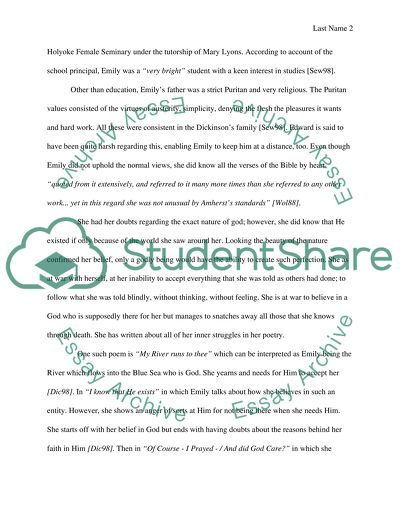Cite this document
(“Emily Dickinson's life influenced her poety Research Paper”, n.d.)
Retrieved from https://studentshare.org/literature/1474066-emily-dickinson-s-life-influenced-her-poety
Retrieved from https://studentshare.org/literature/1474066-emily-dickinson-s-life-influenced-her-poety
(Emily Dickinson'S Life Influenced Her Poety Research Paper)
https://studentshare.org/literature/1474066-emily-dickinson-s-life-influenced-her-poety.
https://studentshare.org/literature/1474066-emily-dickinson-s-life-influenced-her-poety.
“Emily Dickinson'S Life Influenced Her Poety Research Paper”, n.d. https://studentshare.org/literature/1474066-emily-dickinson-s-life-influenced-her-poety.


